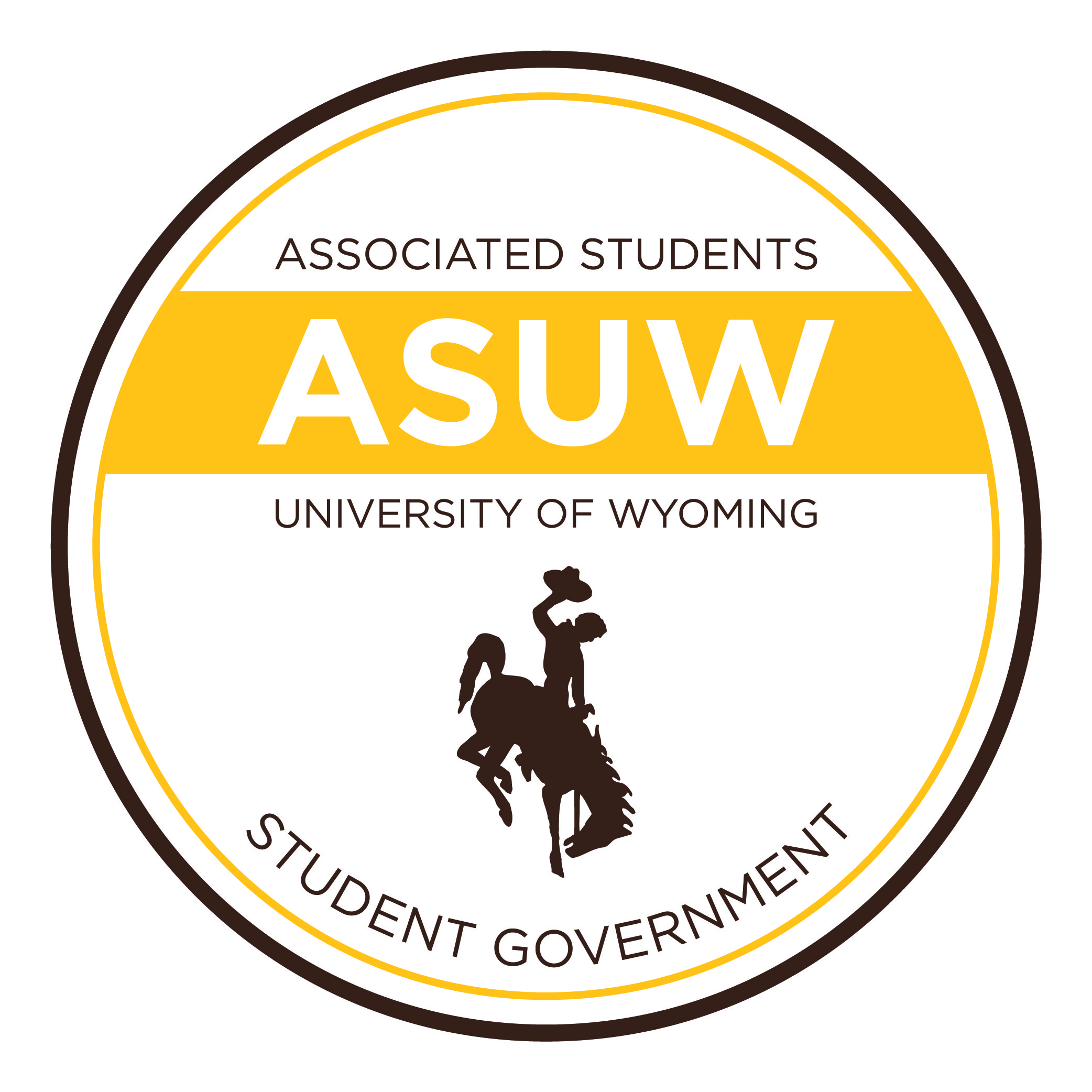UW President Laurie Nichols has plans for the future of the university’s recruitment, retention, and now living space.
Branding Iron: Can you give me a quick overview of the recruitment and retention plan?
Laurie Nichols: The plan is not quite ready yet, so I don’t really have it to share yet, but as soon as it’s ready we’ll share it with the whole campus and do a town hall meeting to try and get it out for everybody to see. We have worked with Huron consulting, who has been doing our financial work. We asked if they would step up and take on a special kind of sideline project of helping us with the strategic enrollment plan. They dug really deep into our data to understand us. So who do we recruit, what do our applicants look like, our yield data, who comes. They’ve looked a lot at transfer students, at in-state and out of state, really sort of the whole nine yards in terms of what we’re doing, and using that data, they’re trying to help us project out and put together a growth plan.
They have said that our greatest potential right now for growth is with transfer students, so they suggest we work on that, and that we also work on retention of students. Our retention is like 76% right now, and they would suggest we work on moving that closer to 80%.
BI: When are you planning to unroll that recruitment and retention plan?
LN: In a month to six weeks, I would say we’ll have it ready to go. Then we’ll begin implementation right after that, so summer we’ll hit it hard and it’ll be a several year plan.
Writers Note: When asked about the plan for the dorms, Nichols went on to explain that she gave a presentation to legislators that included the renovation plan and pictures of village-style housing on other campuses, including Colorado State, Northern Colorado and South Dakota State.
The plan calls for a three phase building process. The first phase will be demolition of Crane and Hill halls, as well as the shared dining hall. Either three or four suite style halls will be built in that space and each building will have 200-250 rooms. Each building will have patios and outdoor fireplaces, and could possibly be residential Rooms will mostly have two beds, and there will be two to eight people sharing a living space.
The plan is to include an assortment of amenities. Each shared living space will include a bathroom and a living room, and the floors will have their own kitchen, dining areas, fireplaces, and laundry facilities.
Nichols also mentioned that they are leaning towards not tearing down McIntyre, Downey, Hill and White halls, and will probably open rooms on each floor to add amenities to those buildings as well. Another plan that the college has is to possibly close off the road currently running north of Grand Ave. to add a student walking path with added landscaping.
BI: How do you think this revitalization and renovation could affect attendance at UW?
LN: I can’t help but think that we could put together this really cool village with brand-new buildings, do some neat residential colleges, and then really start to work on improving some of the other buildings as we go. When students come to look at [UW] they would see we’ve improved the rest of the campus, I mean we have some great buildings. Then now we could show that housing is up to speed too. I really do think recruitment will change for us. I also think that more of our students will want to live on campus. Currently a lot of students want to get off campus because they don’t want to live there. I actually think you’d really see that picture change a lot too. Students will really want to live in these facilities, because they’re nice.
BI: In what ways do you expect the dorm renovation to attract students more than keeping degree programs and the frozen positions that are affecting campus?
LN: These are two different pots of money, and they do not mix. The housing money, the money we use to build dorms, and then the income we collect on the dorms we use to pay for the dorms. Essentially we’re going to take out a loan to do this. Then we’ll charge people to live there, and then you use that money to pay it back, so it is self-contained–what we call auxiliary funds, because this is an auxiliary function, and we can’t use housing money to pay faculty. Then [the other pot] is the money used to pay faculty. It’s state funds, it’s tuition, and that’s the money we are being asked to cut right now.
BI: What kind of time frame can be expected from start to finish of the dorm renovation project?
LN: We have a time frame where we would like to begin demolishing Crane in 2018 after summer. We would begin building right after, so we would be open Fall of ’19.



